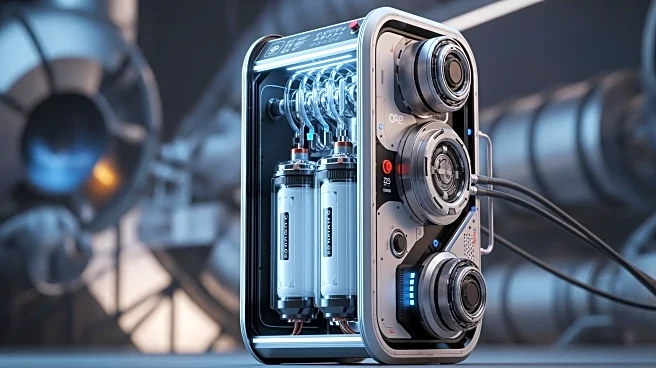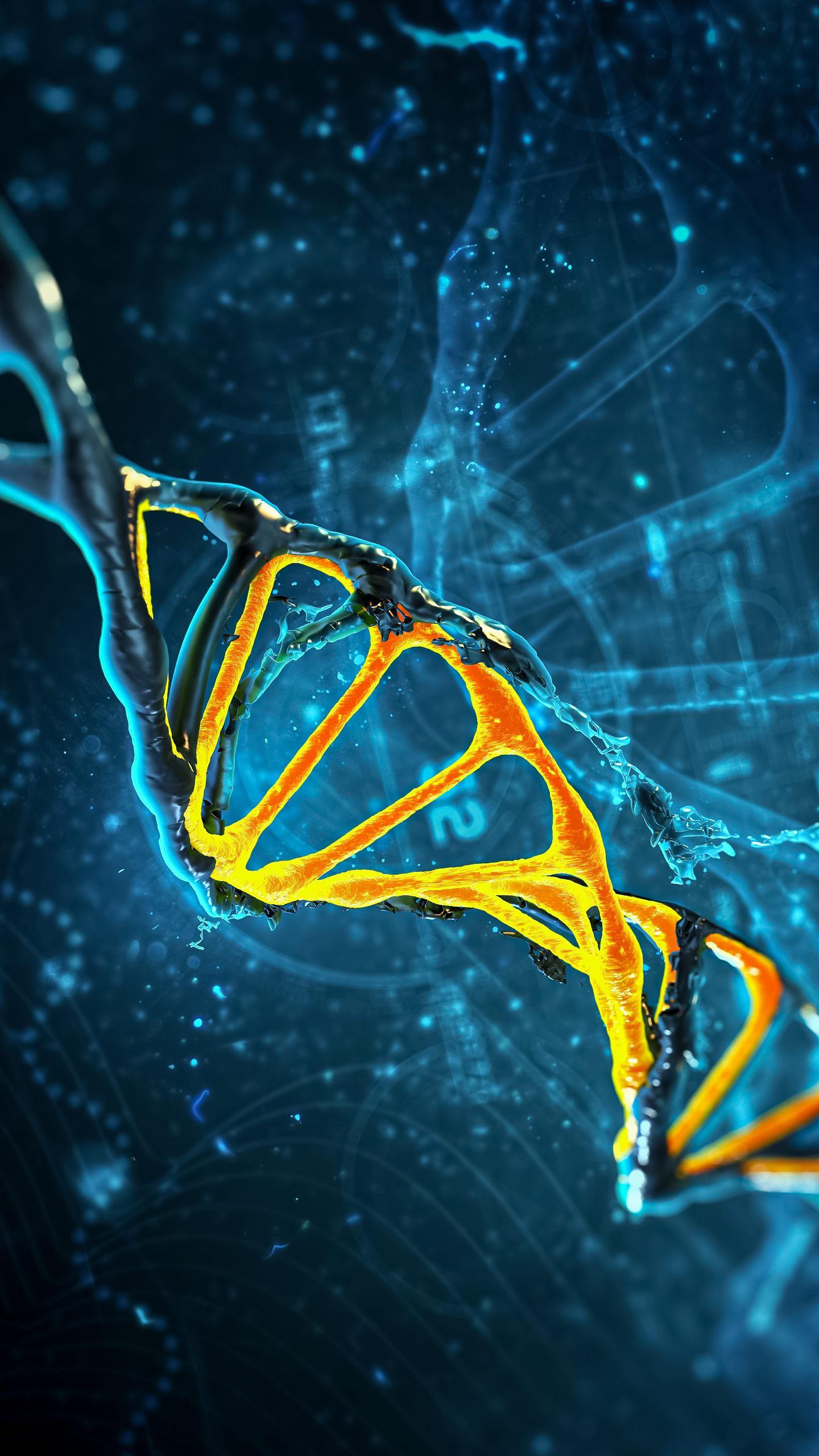What's Happening?
Xu Lu and his team have developed a high-pressure MEA electrolyzer that integrates a single-atom indium-alloyed copper catalyst on the cathode side. This system converts high-pressure CO2 into ethylene
under 20 bar, marking a significant advancement over previous systems that operated under lower pressures for CO2-to-CO conversion. The new system demonstrates exceptional operational stability, enhanced Faradaic efficiency, and elevated partial current density for ethylene production. It also delivers ethylene with 99.9% purity, meeting industrial standards. High-pressure in situ Raman spectroscopy reveals that elevated pressure shifts bicarbonate formation, enhancing long-term operational stability.
Why It's Important?
The development of this high-pressure MEA electrolyzer is significant for the chemical industry, particularly in the production of ethylene, a key component in manufacturing plastics and other chemicals. By achieving high purity levels and operational stability, this technology could reduce costs and improve efficiency in ethylene production. The ability to convert CO2 into valuable products also presents environmental benefits, potentially reducing greenhouse gas emissions. Industries that rely on ethylene could see improved sustainability and economic performance, while researchers gain insights into optimizing electrochemical systems.
What's Next?
Future steps may involve scaling the technology for commercial use and exploring its application in other chemical processes. Researchers might focus on further enhancing the system's efficiency and stability, while industries could begin integrating this technology into their production lines. Regulatory bodies may assess the environmental impact and potential incentives for adopting CO2 conversion technologies. The broader adoption of such systems could lead to significant shifts in industrial practices and environmental policies.
Beyond the Headlines
This development could influence the broader field of electrochemical research, encouraging more studies into high-pressure systems and their applications. The shift in bicarbonate formation and CO adsorption geometry might lead to new insights into catalyst design and reaction mechanisms. Ethically, the technology presents a way to address climate change by utilizing CO2, a major greenhouse gas, in productive ways.











